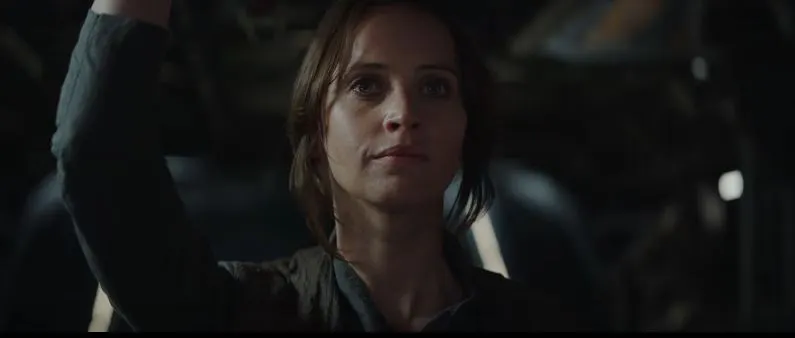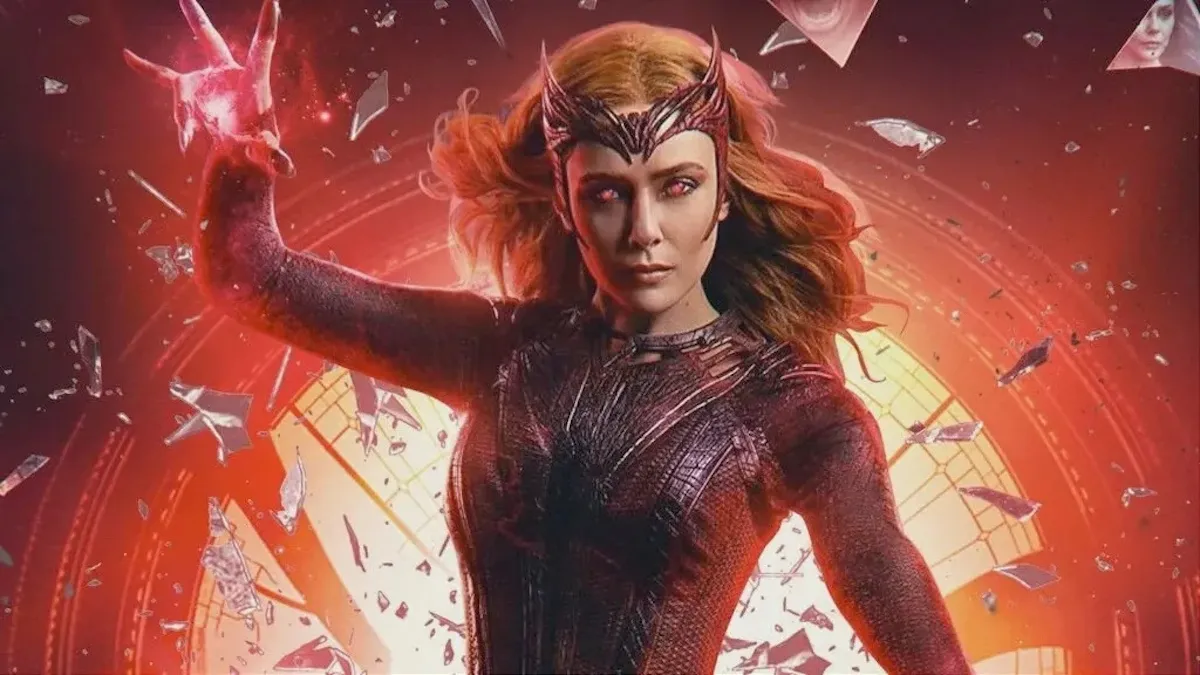**Mild potential spoilers under spoiler bars.**
Sorry to disappoint you, Bob Iger, but Rogue One: A Star Wars Story is very much a political movie. The Disney CEO previously stated that the film “is not a film that is, in any way, a political film” and that, despite one of the most diverse casts in the genre, “there are no political statements in it, at all.” But I ask, what’s more political than having a racially diverse group of rebels standing up against an oppressive empire which, if we’re going by the unmasked faces in command, is predominately white?
Star Wars has been filled with political commentary since the first one was released in 1977, and this film is no different. The gestapo-like officers marching in unison through those sleek corridors and even the “work camps” for prisoners prove that the Nazi allegory is alive and well, perfectly timed with the rise of the “alt-right,” who, despite their rebranding, are essentially the same thing (just ask the Associated Press).
In a time of fear, paranoia, uncertainty, and political unrest, this is a film that we very much need right now, even if we don’t deserve it. At the center of the rebellion, there is Jyn Erso—the daughter of Galen (played by Mads Mikkelsen), a scientist for the Galactic Empire who helped build the Death Star. At first, she’s apathetic to the cause because “all it’s ever brought [her] was pain.” Even as Saw Gerrera (payed by Forest Whitaker), a mentor of sorts, tries to make her see how dire the situation is by alluding to spacecraft blowing up in the skies, she brushes it off by saying something along the lines of, “Can’t see if you don’t look up.” Keep your head down and go about your business. Sound familiar?
At this very moment, in which president-elect Donald Trump is assembling his own empire of Wall Street tycoons who don’t believe in global warming or equal rights for women and minorities, we are in serious need of hope. With a tagline like “Rebellions are built on hope,” we don’t have to look far to find it. I see it in Jyn, who, once she finally boards the cause, wholeheartedly stands up for what she believes in despite a chorus of doubt from the very side she’s fighting for. I see it in Chirrut Îmwe (played by Donnie Yen), the badass warrior monk who can take down a squad of Stormtroopers while blind, and I see it in the many other rebels like Baze Malbus (played by Wen Jiang) who march into danger, knowing there’s a significant chance they won’t be coming back, but do it anyway because trying is better than idly sitting by and watching things get worse.
And much like today’s Democratic Party, there is dissension among the rebels. Not everyone in the Rebel Alliance agrees on how to go about stopping the Empire. Some, like Captain Cassian Andor (played by Diego Luna ) choose to fight, and then there are those like Saw Gerrera, who also fight for the cause, but justify their extremist views with the ideology that anything and everything is necessary to win, even if it means being isolated from the rest of the group. The moment I saw him . Would you stoop to the level of your oppressors in order to win? And if you do, does that make you any better than them?
While Rogue One is a Star Wars story, it’s not held under the same restraints as the main Star Wars universe. As Entertainment Weekly’s Anthony Breznican points out, it’s both a sequel and a prequel in a way, since it takes place after Revenge of the Sith and just before the events in A New Hope. That timeline allows them to center on a group of rebels we’ve never heard about while including familiar faces like Darth Vader, who . That also gives filmmaker Gareth Edwards room make these political statements, while filling the gap between the prequels and the sequels by showing how Princess Leia receives the plans to the Death Star or explaining the moon-sized weapon’s one major flaw—that darn thermal exhaust port.
Relevant political commentary and main universe nods aside, I also appreciate the myriad of characters who make up this film. Anyone and everyone can see themselves in this—from the little black girls looking up to Sharon Duncan-Brewster as Senator Pamlo to the kids of Pakistani decent being exposed to Riz Ahmed as Bodhi Rook, to even the David Dukes of the world who can look to Orson Krennic’s example of what happens to power-hungry villains. There’s color everywhere in this and it is beautiful.
Bob Iger was right when he said this is a film for the world to see—not just because it’s the rebel propaganda we’ve been looking for, or the fact that the cast is diverse and led by a woman whose gender isn’t used as a plot point, or even that it’s just another Lucasfilm production. You should see it because it’s good and it’s centered on hope. And right now, hope is what we need to hold onto.
Additional notes:
Baze Malbus and Chirrut Îmwe’s incredible friendship is one of my favorite things about this.
Alan Tudyk’s K-2SO is another standout in this movie. He’s a sarcastic robot who tells it like it is but … also with a heart of gold.
Mads Mikkelsen is amazing and should continue to be in everything.
I enjoyed this more than The Force Awakens. Come at me.
(image via screencap)
Want more stories like this? Become a subscriber and support the site!
—The Mary Sue has a strict comment policy that forbids, but is not limited to, personal insults toward anyone, hate speech, and trolling.—
Follow The Mary Sue on Twitter, Facebook, Tumblr, Pinterest, & Google+.









Published: Dec 13, 2016 12:00 pm